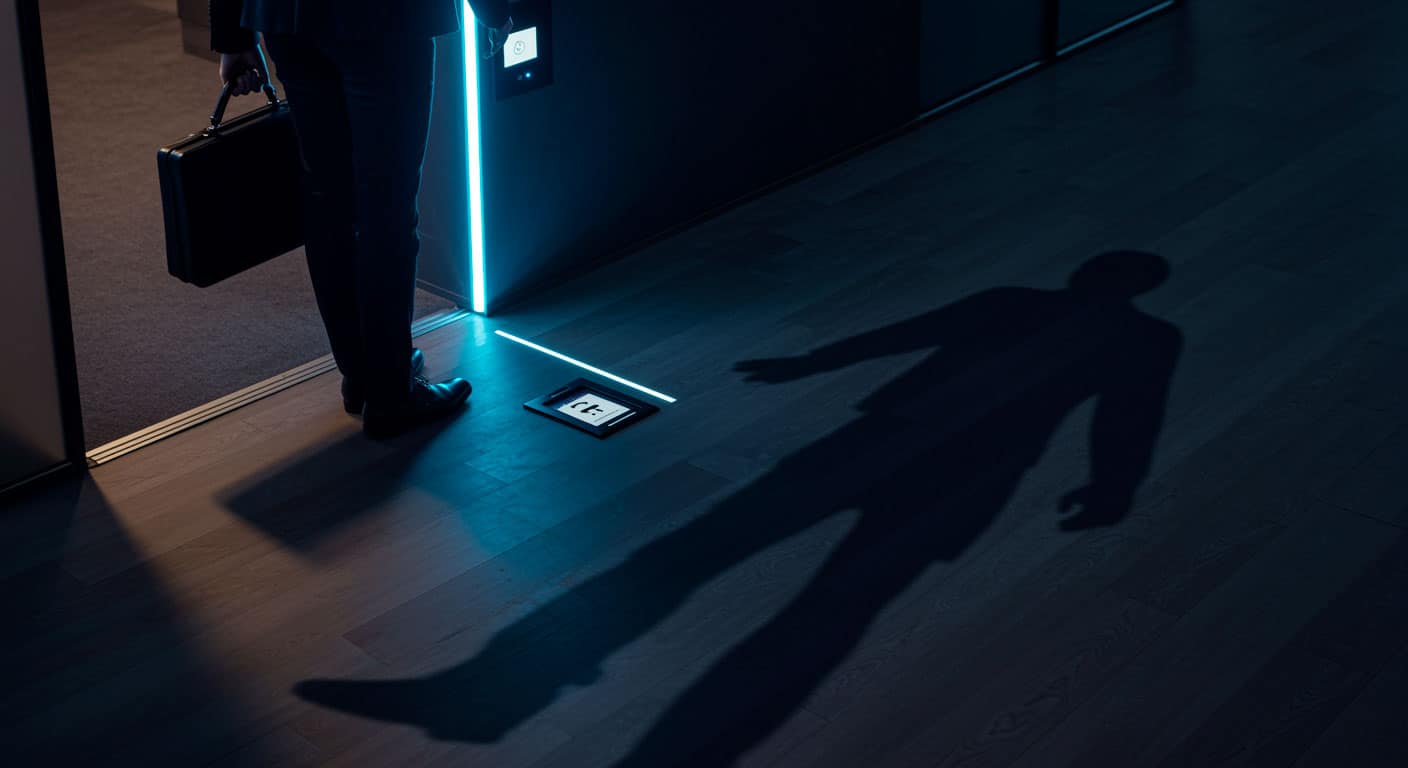5 CEO Mistakes that Expose the Company to Risk
You can have the best business model, the most recognized brand, and a full business pipeline–but all it takes is one open door in the wrong place to lose it all.
In the world of chess, even the most experienced player can lose the game with a single wrong move. Similarly, in the arena of corporate security, CEOs-while brilliant strategists in business-can make fatal mistakes that expose the entire organization to significant risks.
This chess analogy is not accidental: as in the royal game, corporate physical security requires overview, strategic planning, and the ability to anticipate the opponent’s moves. In both contexts, protecting the “king” (critical business assets) is the primary objective, and inadequate defense can quickly lead to “checkmate.”
We analyze the five critical mistakes CEOs make in managing physical security, comparing them to losing moves in a high-level chess game.
Mistake #1: Considering Security a Cost Instead of a Strategic Investment.
The Sacrificial Tower
In the game of chess, sacrificing a rook to save a move may seem efficient in the short term, but it often compromises the position in the long term. Similarly, when CEOs view security budgets as expenditures to be cut rather than strategic investments, they are essentially sacrificing one of their most powerful defenses.
A CEO of a medium-sized manufacturing company decided to cut the budget for upgrading access control systems, deeming it “nonessential” during a phase of cost containment. Six months later, an equipment theft worth €200,000-easily preventable with the modern systems that had been proposed-demonstrated how short-sighted that decision was.
Strategic Lesson: Security is not a cost center but a strategic asset that protects business value. As in the game of chess, where each piece has defensive as well as offensive value, security systems represent an investment in the organization’s resilience and business continuity.
Mistake #2: Delegating Completely Without Strategic Supervision.
The Abandonment of the Chessboard
Imagine a chess player who, after setting the initial strategy, completely delegates the rest of the game to an assistant without ever checking the evolution of the game. This approach is doomed to failure, just as when CEOs delegate physical security entirely to technical departments without integrating it into the overall strategic vision.
A case in point is a fast-growing technology company where the CEO considered physical security a “facility management issue.” This disconnect led to contradictory decisions: while the company invested millions in cybersecurity, it left physical servers in areas easily accessible by unauthorized personnel and visitors.
Strategic Lesson: Just as a chess grandmaster always maintains strategic control while delegating specific analyses, the CEO must maintain oversight of physical security as an integrated component of business strategy. Effective security requires alignment with business objectives, organizational culture and strategic priorities.
Mistake #3: Not Promoting a Culture of Safety.
Neglected Pedestrians
In the game of chess, pawns are often underestimated, yet a solid pawn structure is critical to any winning strategy. Similarly, employees-from receptionists to mid-level managers-represent the first line of defense in corporate physical security.
A large hotel chain had invested in state-of-the-art security systems, but the CEO had never promoted a culture of safety awareness. The result? Employees who kept emergency doors locked for convenience, badges loaned between colleagues, and visitors wandering uncontrolled through restricted areas. All the costly technological investments were undone by misaligned human behavior.
Strategic Lesson: Just as well-placed pedestrians create an impenetrable defense, knowledgeable and empowered employees form the most effective security perimeter. The CEO must be the first ambassador of the safety culture, demonstrating through concrete actions (personally complying with protocols, recognizing virtuous behavior) that safety is a core corporate value.
Mistake #4: Reacting Instead Of Preventing
The Unplanned Checkmate
A reactive chess player, who only responds to an opponent’s moves without a proactive plan, rarely wins against an opponent who thinks three moves ahead. Similarly, CEOs who implement security measures only after incidents or breaches constantly find themselves in a defensive position.
A retail store chain implemented advanced video surveillance systems only after experiencing a series of robberies. Subsequent analysis revealed that warning signs were visible months earlier: increasing petty theft, recurring suspicious behavior, and obvious vulnerabilities in cash handling protocols. A preventive approach based on risk analysis could have prevented significant losses.
Strategic Lesson: In the game of chess, the ability to predict and prevent threats distinguishes masters from novices. Similarly, effective CEOs take a proactive approach to security, based on:
-
- Regular and thorough risk assessments
- Continuous monitoring of indicators and trends
- Anticipation of potential threats related to changes in the business or external environment
- Preventive investments in identified areas of vulnerability
Mistake #5: Neglecting to Update Security Measures.
The Obsolete Strategy
A chess player who always uses the same openings and strategies becomes predictable and vulnerable. Similarly, outdated physical security systems lose effectiveness against evolving threats.
A pharmaceutical company continued to use an access control system installed 15 years earlier despite repeated warnings from the security manager about its vulnerability. The CEO considered the upgrade “not a priority” until a former employee managed to break into sensitive areas using simple techniques to clone obsolete badges, causing an incident that compromised invaluable proprietary research.
Strategy Lesson: As in the game of chess, where strategies are constantly evolving and players are constantly studying new variations, physical security requires constant updating. Threats evolve, technologies improve, and remaining static means becoming vulnerable. CEOs must ensure:
-
- Periodic review of the effectiveness of existing security measures
- Planned technology upgrade as part of systems life cycle
- Ongoing staff training on new threats and countermeasures
- Benchmarking with evolving industry standards and best practices
Conclusion: The Vision of the Great Teacher
In corporate physical security, as in chess, the difference between victory and defeat often lies not in individual moves but in the big picture. CEOs who avoid these five critical mistakes by taking a strategic, integrated and proactive approach to physical security turn a potential vulnerability into a competitive advantage.
The real mastery of enterprise security management lies in understanding that, as in chess, it is not just about protecting the king (critical assets), but creating an overall position so solid that the opponent does not even see an opportunity to attack.
In a world where physical threats are increasingly evolving and intertwining with digital threats, CEOs who consider physical security a strategic priority, integrated into corporate governance and organizational culture, are not only protecting the company’s present, but are building the foundation for a resilient and sustainable future.



